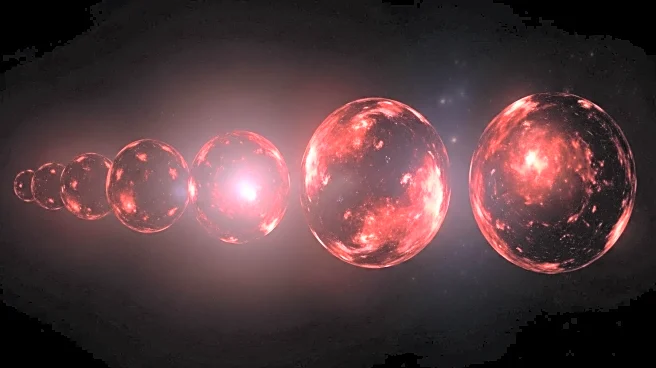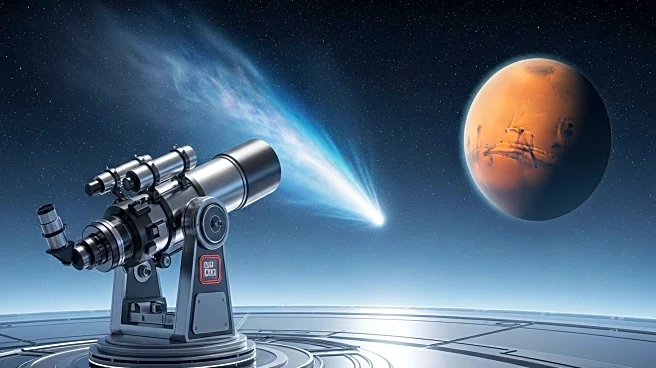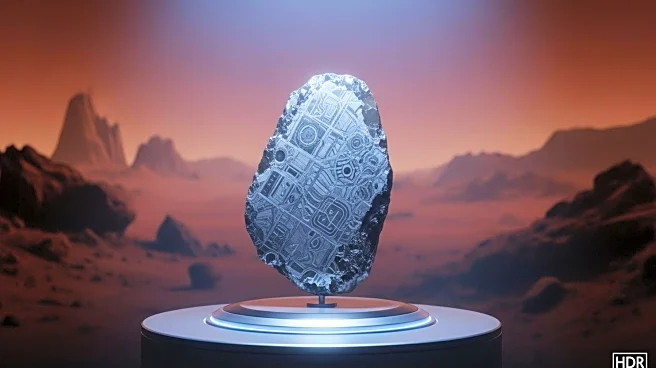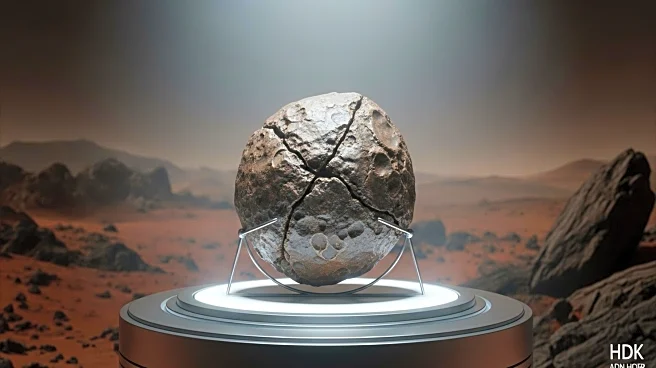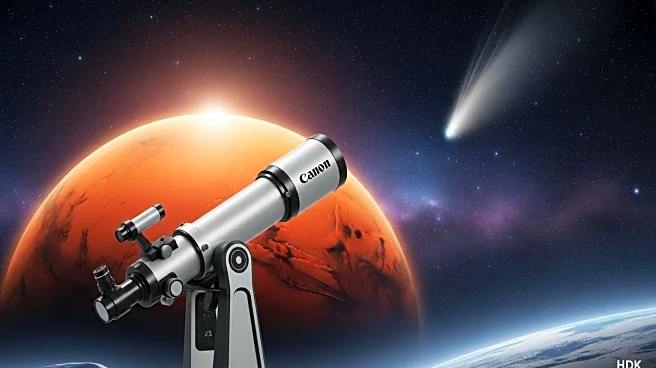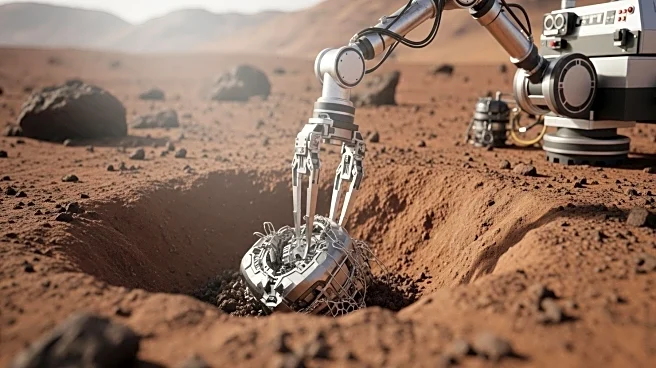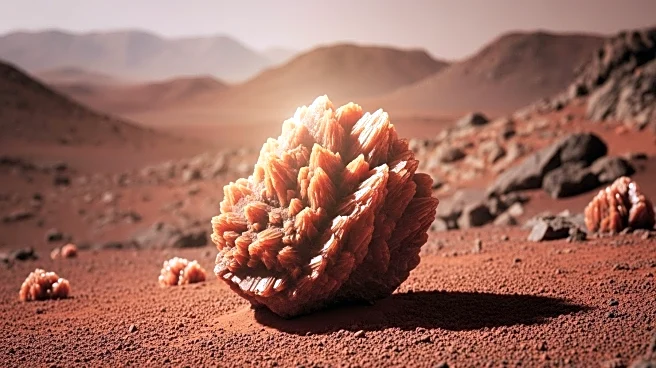What's Happening?
NASA's Insight lander has revealed a solid inner core within Mars, contradicting earlier beliefs that the core was entirely liquid. Using seismic data from quakes and meteorite impacts, researchers identified waves indicating a solid mass approximately 600 kilometers across. This discovery challenges existing models of Mars's core composition, which suggested a high presence of light elements preventing solidification. The findings offer new insights into Mars's thermal and chemical evolution.
Why It's Important?
Understanding Mars's core structure is crucial for comprehending the planet's geological history and its lack of a global magnetic field. The presence of a solid inner core suggests different dynamics compared to Earth, potentially influencing Mars's past magnetic activity. This knowledge could inform future exploration and the search for life on Mars, as well as enhance comparative planetology studies, providing a reference for the evolution of rocky planets.
What's Next?
Further modeling and analysis are needed to explore the conditions that allow for a solid inner core on Mars. Researchers will focus on temperature, pressure, and compositional factors to replicate the observed results. These efforts may lead to a deeper understanding of Mars's magnetic history and its implications for planetary science. Continued seismic monitoring and data collection will be essential for refining these models.
Beyond the Headlines
The discovery of a solid inner core on Mars prompts questions about the planet's ability to sustain a magnetic field and its implications for habitability. It also highlights the importance of advanced seismic technology in planetary exploration, paving the way for future missions to uncover hidden aspects of other celestial bodies.


